Tag: SOFA

Sepsis Surveillance Using Adult Sepsis Events Simplified eSOFA Criteria Versus Sepsis-3 Sequential Organ Failure Assessment Criteria
Sepsis-3 defines organ dysfunction as an increase in the Sequential Organ Failure Assessment score by greater than or equal to 2 points. However, some Sequential Organ Failure Assessment score components are not routinely... read more

Time-Course of Clinical Physiologic Variables in ARDS Patients Undergoing ECMO
In patients undergoing extracorporeal membrane oxygenation (ECMO) for acute respiratory distress syndrome (ARDS), it is unknown which clinical physiologic variables should be monitored to follow the evolution of lung injury... read more
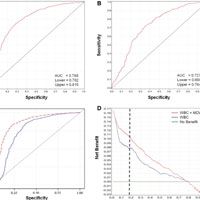
Effective Sepsis Detection with Peripheral Blood Monocyte Distribution
This study evaluated the diagnostic accuracy of peripheral blood monocyte distribution width alone and in combination with white blood cells (WBCs) count for early sepsis detection in the emergency department. An monocyte... read more

Defining Sepsis on the Wards
The aim of this study is to look at the prevalence (commonness) of sepsis across acute hospitals (hospitals with an emergency department) across Wales using the currently used and new definitions of sepsis. Sepsis is a major... read more
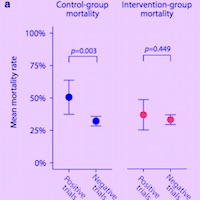
Positive Outcomes, Mortality Rates, and Publication Bias in Septic Shock Trials
Out of 65 eligible septic shock trials, 14 did not have a clearly defined control group (two standards of care were compared) and were excluded. For the 51 remaining trials, control-group mortality ranged between 15.9%... read more

Describing Organ Dysfunction in the ICU
Multiple organ dysfunction is a common cause of morbidity and mortality in intensive care units (ICUs). Original development of the Sequential Organ Failure Assessment (SOFA) score was not to predict outcome, but to describe... read more

Characteristics, Management, and In-hospital Mortality Among Patients with Severe Sepsis in ICU in Japan
Sepsis is a leading cause of death and long-term disability in developed countries. A comprehensive report on the incidence, clinical characteristics, and evolving management of sepsis is important. Thus, this study aimed... read more
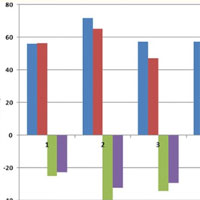
A Positive Fluid Balance is an Independent Prognostic Factor in Patients with Sepsis
Intravenous fluid administration is an essential component of sepsis management, but a positive fluid balance has been associated with worse prognosis. We analyzed whether a positive fluid balance and its persistence over... read more
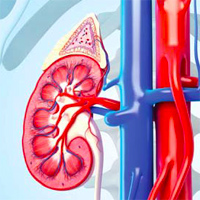
AKI and Subsequent Frailty Status in Survivors of Critical Illness
Acute kidney injury in survivors of critical illness predicted worse frailty status 3 and 12 months postdischarge. These findings have important implications on clinical decision making among acute kidney injury survivors... read more
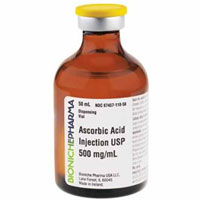
Effect of High-dose Ascorbic Acid on Vasopressor’s Requirement in Septic Shock
In this study, administration of high-dose ascorbic acid significantly decreased the requirement for vasopressor's dose and duration in surgical critically ill patients with septic shock. Several mechanisms including anti-oxidant,... read more
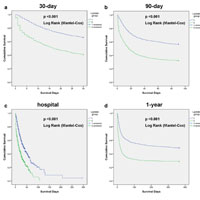
Prognostic Accuracy of the Serum Lactate Level, the SOFA Score and the qSOFA Score for Mortality Among Adults with Sepsis
Sepsis is a common critical condition caused by the body’s overwhelming response to certain infective agents. Many biomarkers, including the serum lactate level, have been used for sepsis diagnosis and guiding treatment.... read more

Loss of Sphingosine 1-Phosphate in Septic Shock is Predominantly Caused by Decreased Levels of HDL
Sphingosine 1-phosphate (S1P) is a signaling lipid essential in regulating processes involved in sepsis pathophysiology, including endothelial permeability and vascular tone. Serum S1P is progressively reduced in sepsis patients... read more
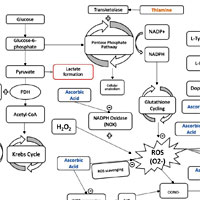
Ascorbic Acid, Corticosteroids, and Thiamine in Sepsis
The combination of thiamine, ascorbic acid, and corticosteroids is a promising new therapy for sepsis resuscitation but currently lacks robust evidence to support its widespread use. The potential effectiveness of this medication... read more

Characteristics, risk factors and outcomes of Clostridium difficile infections in Greek ICU
Clostridium difficile is one of the major causes of diarrhea among critically ill patients and its prevalence increases exponentially in relation to the use of antibiotics and medical devices. We sought to investigate the... read more




